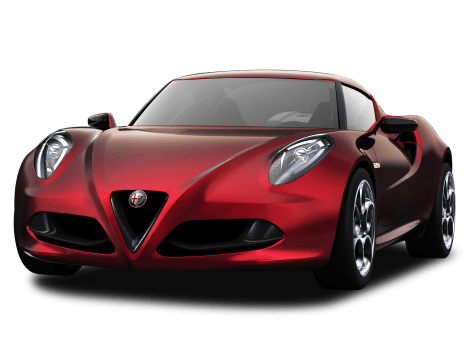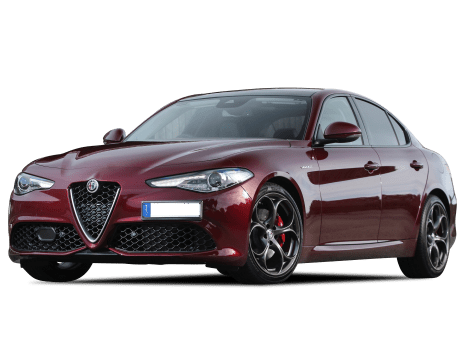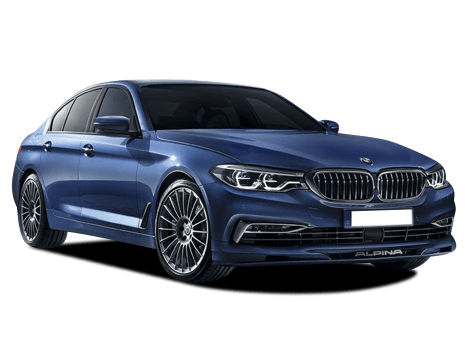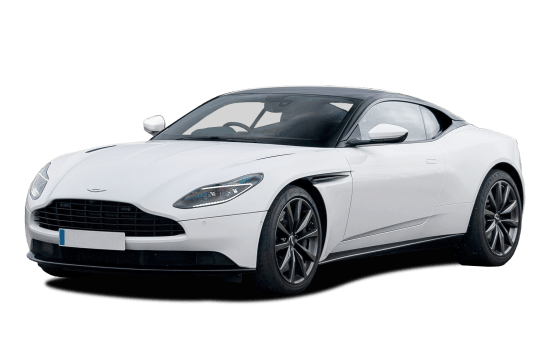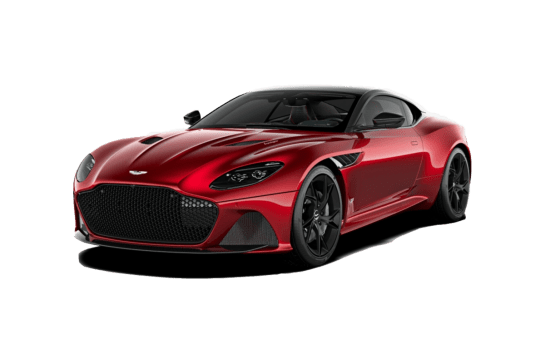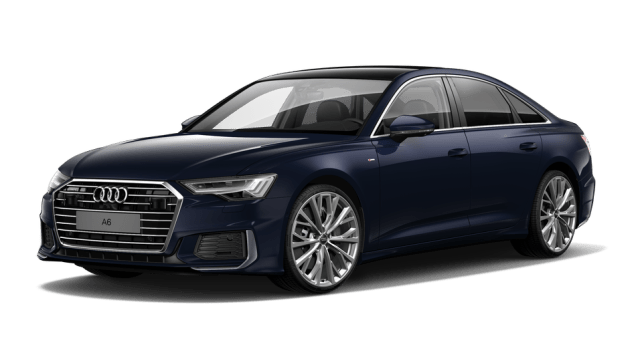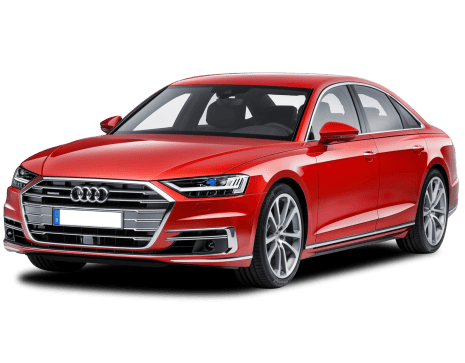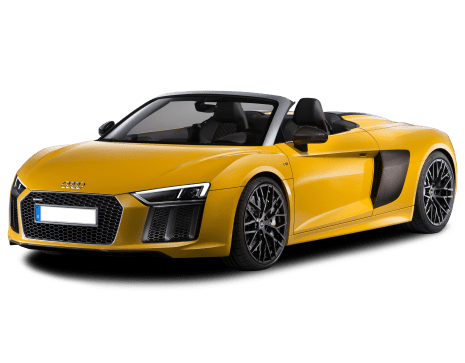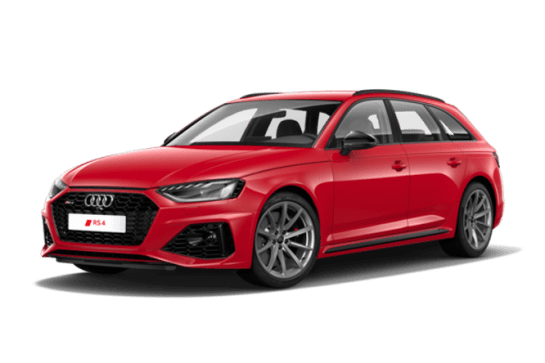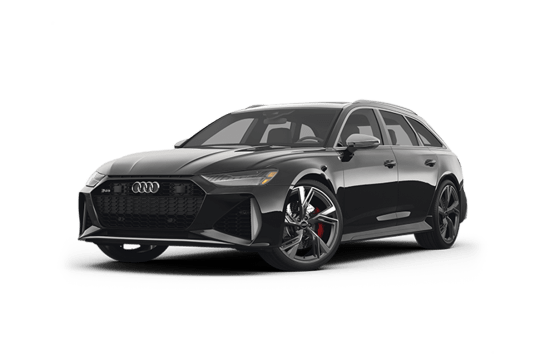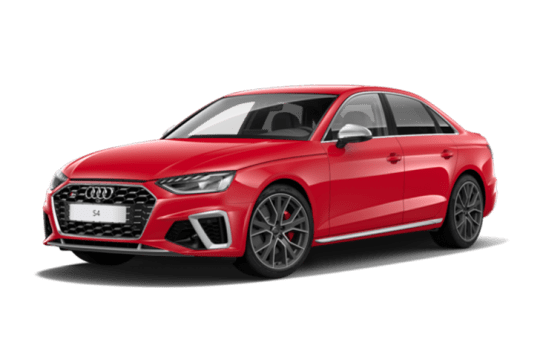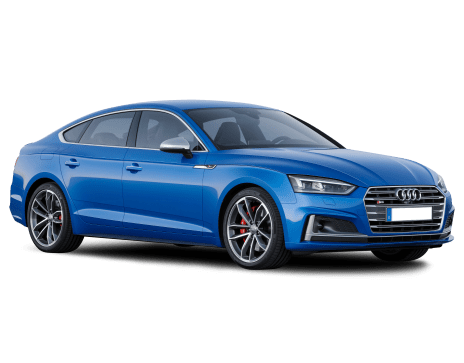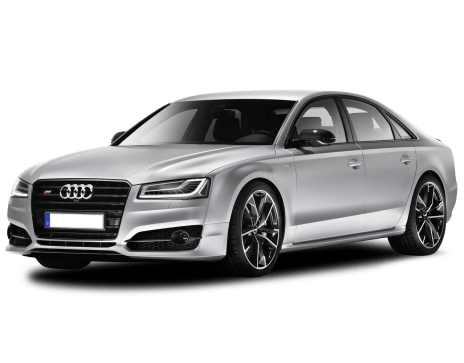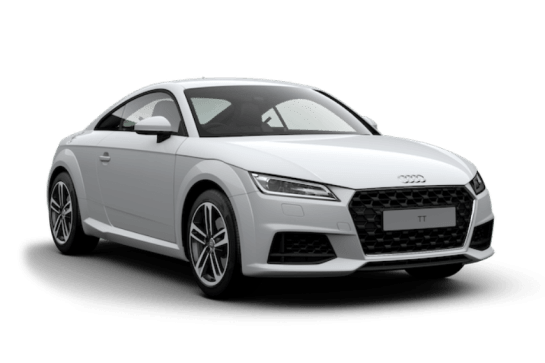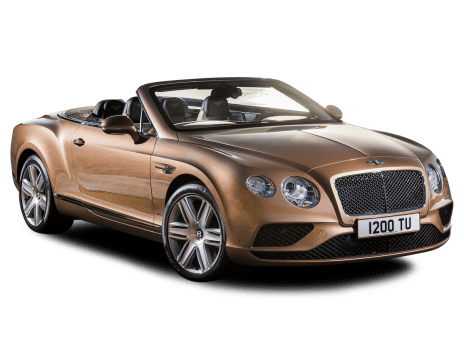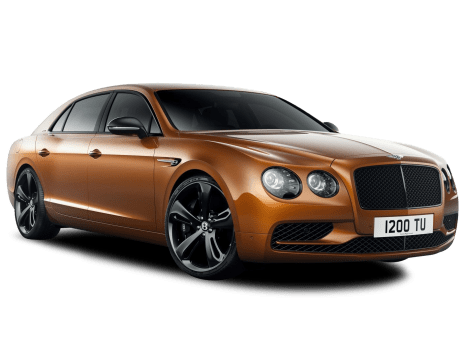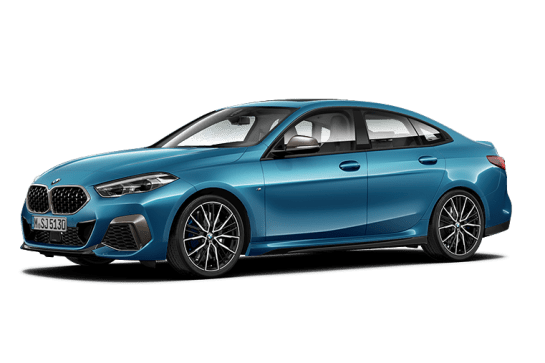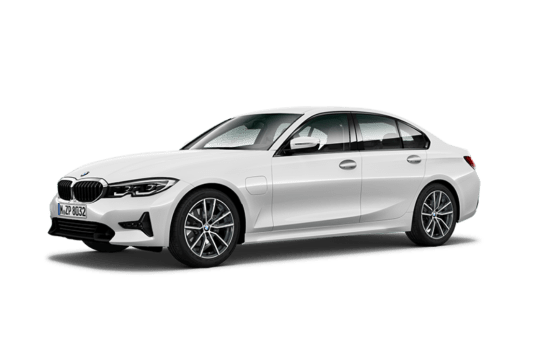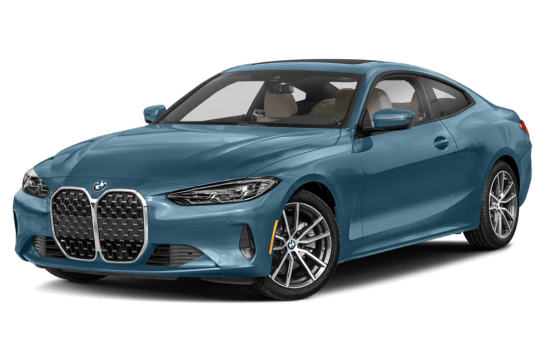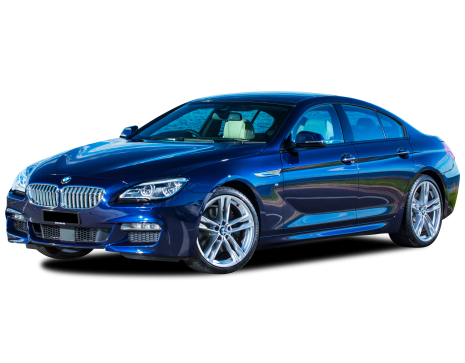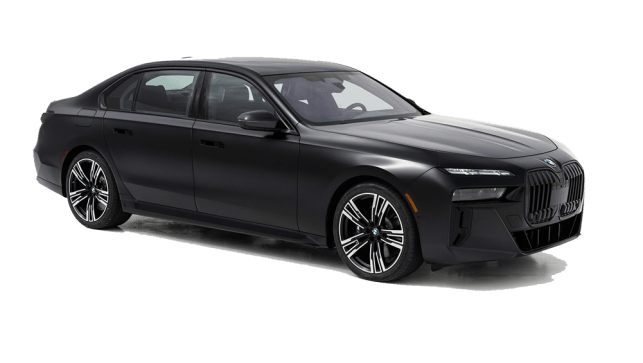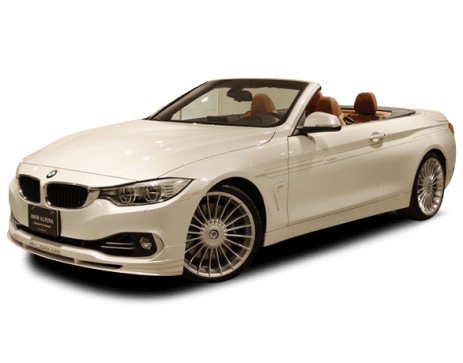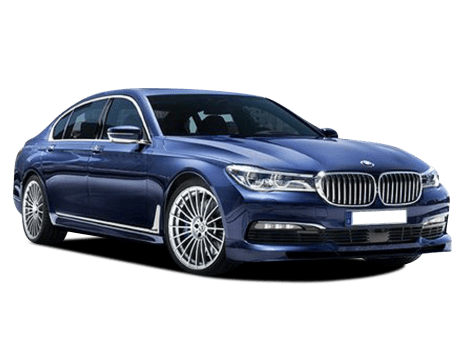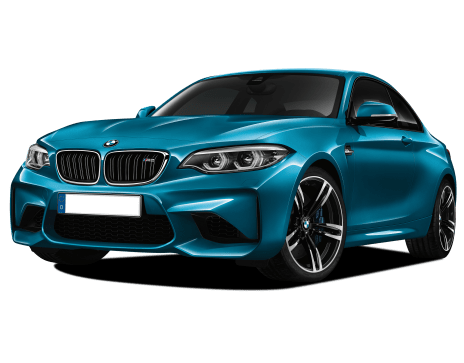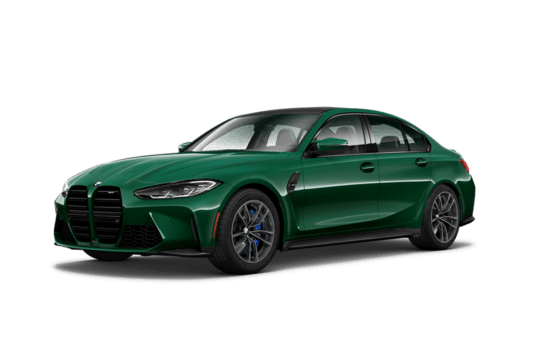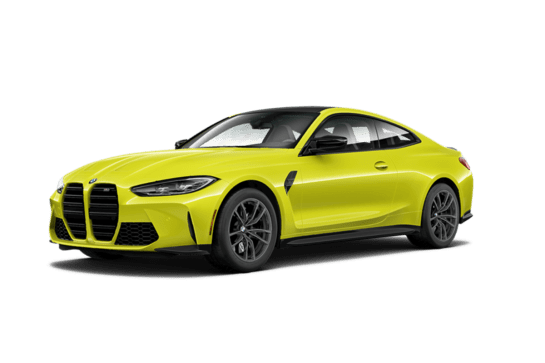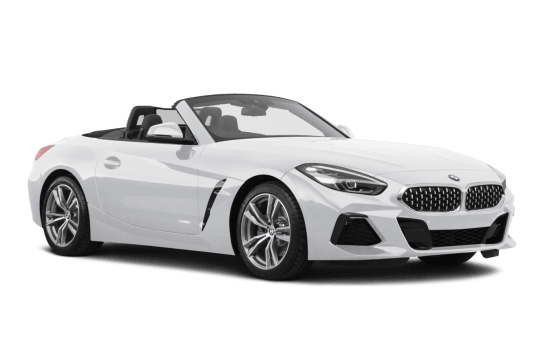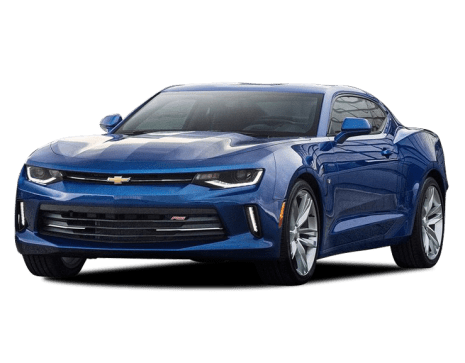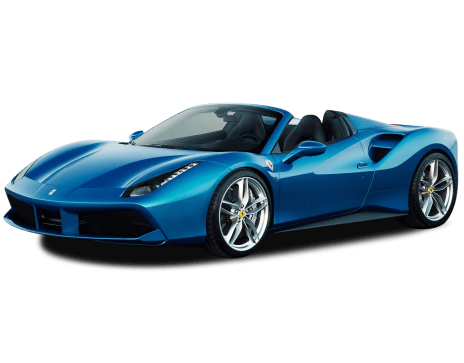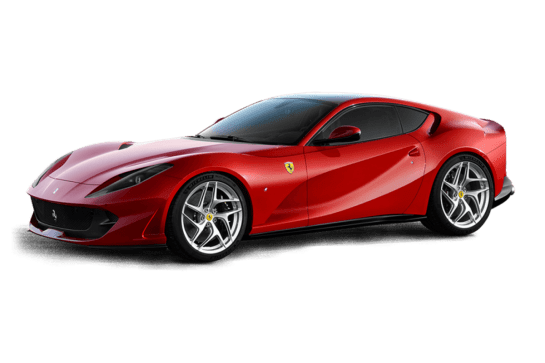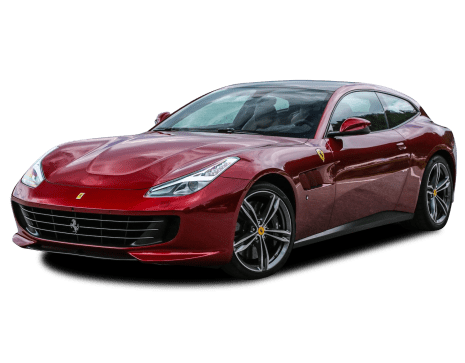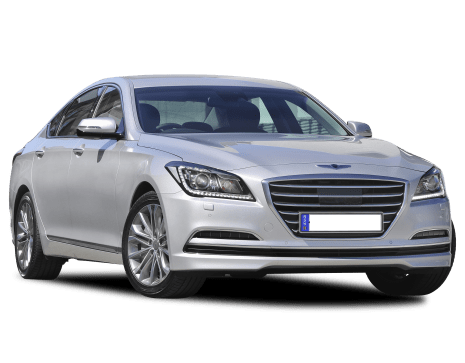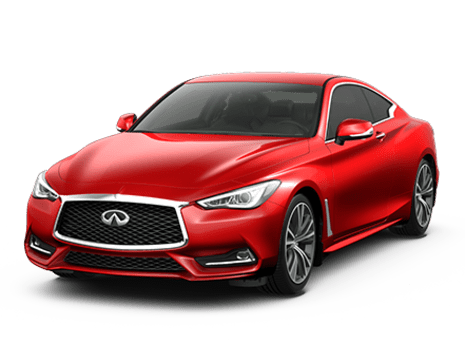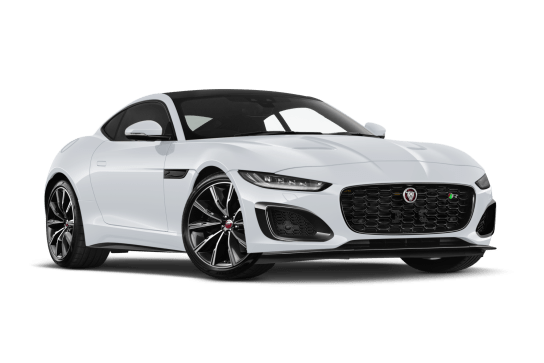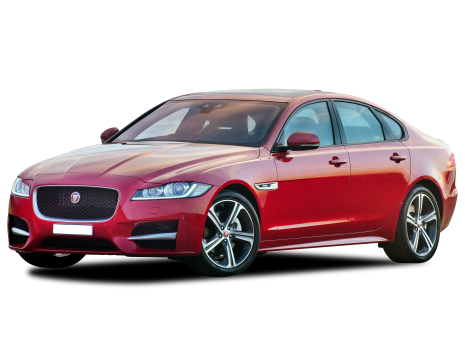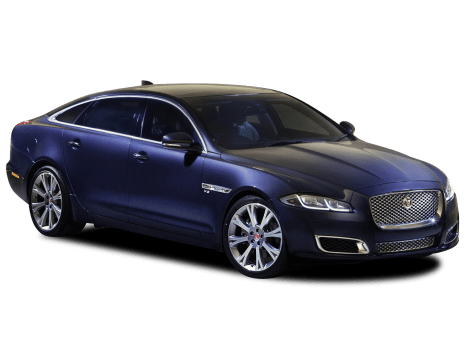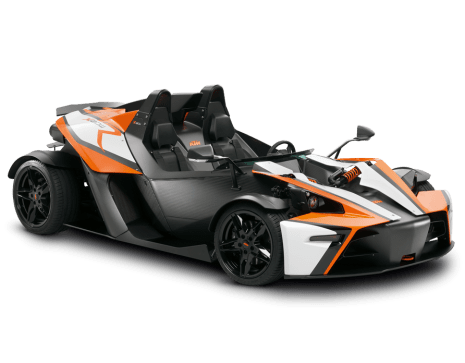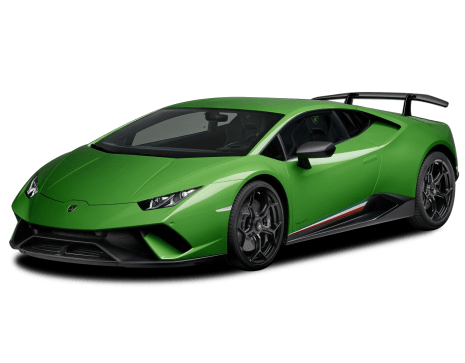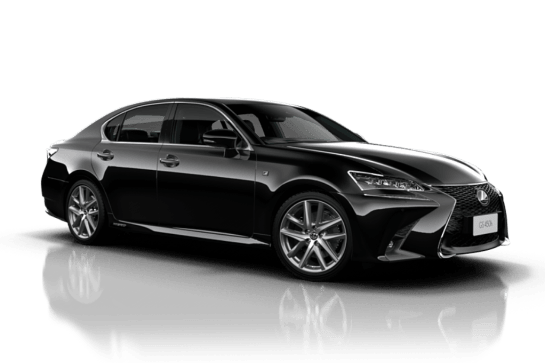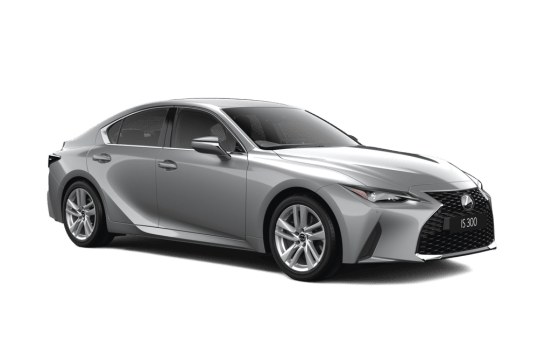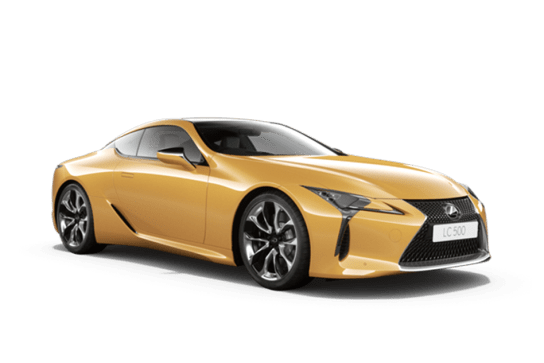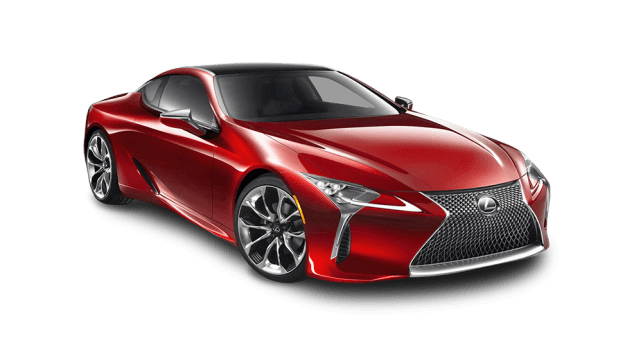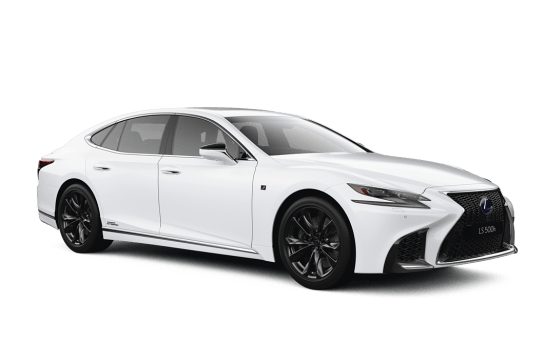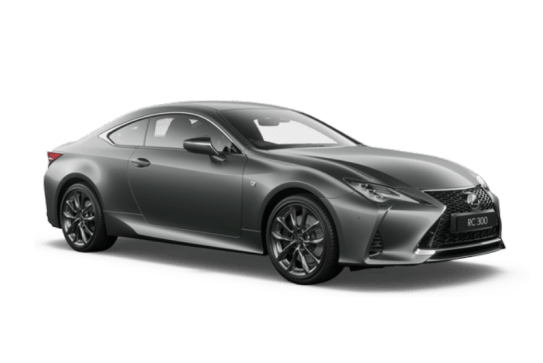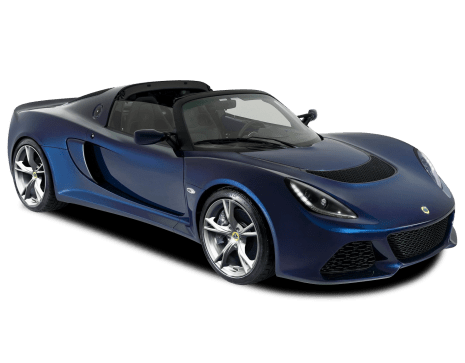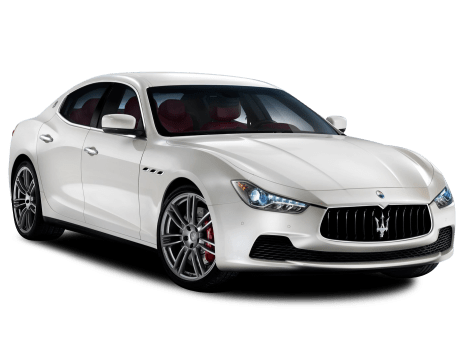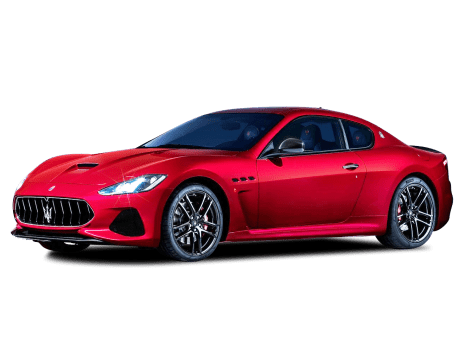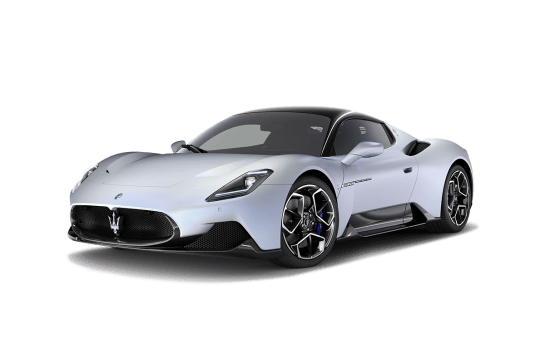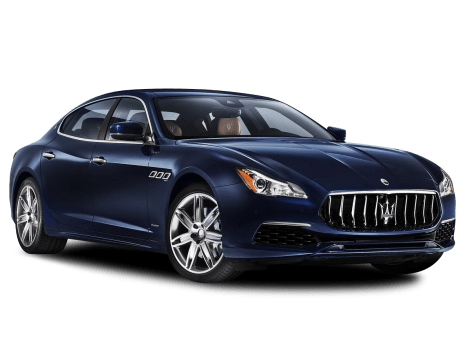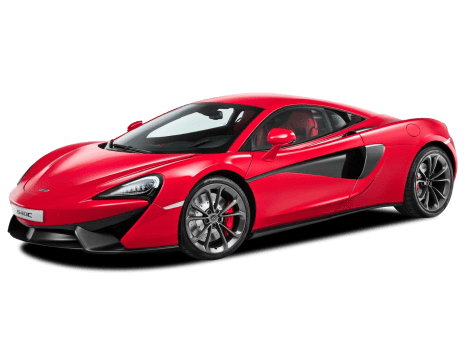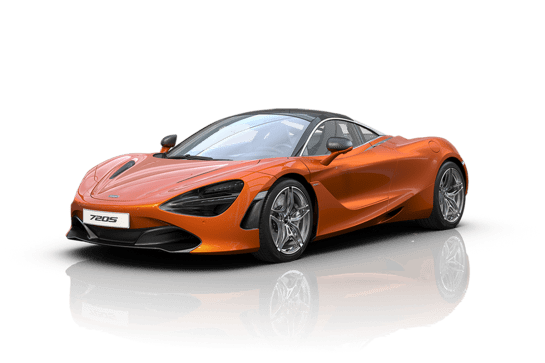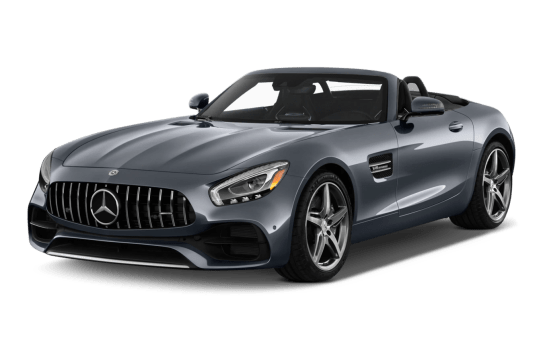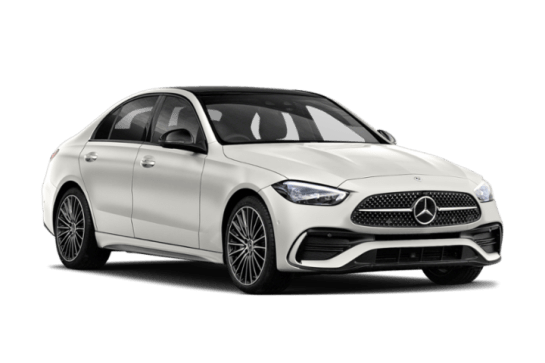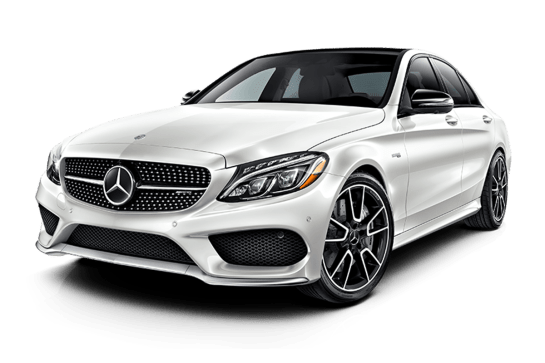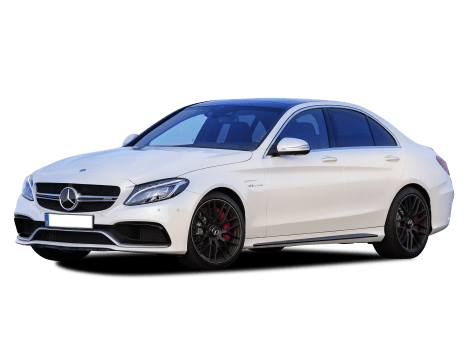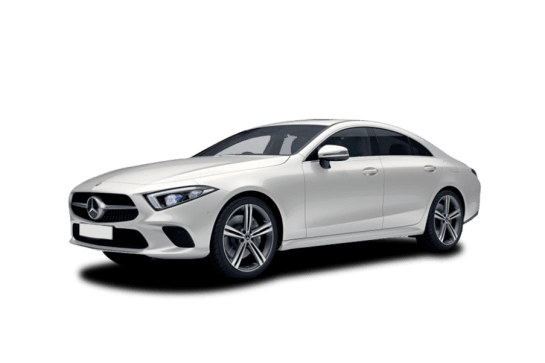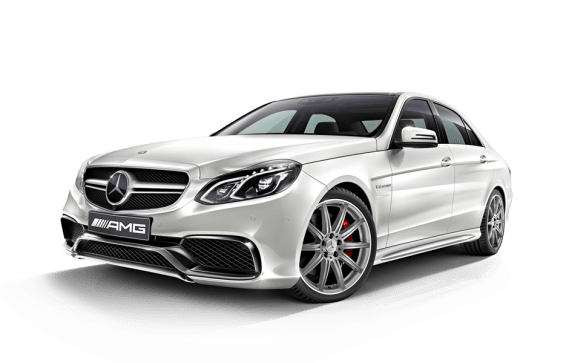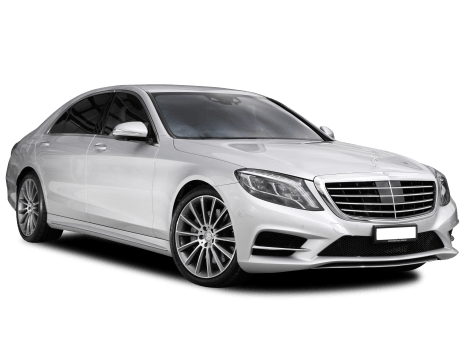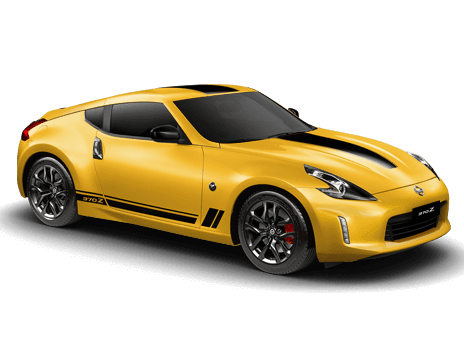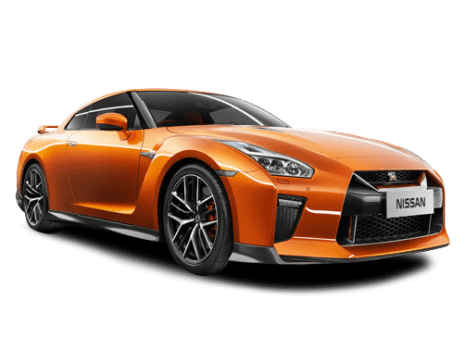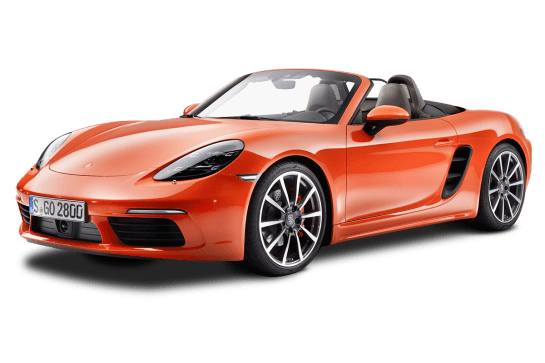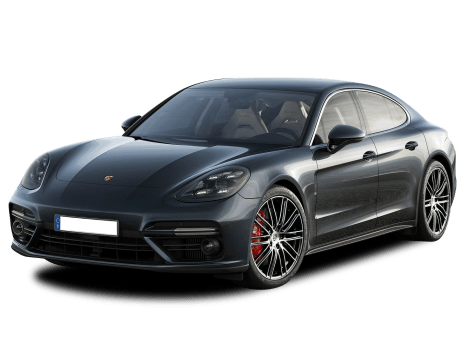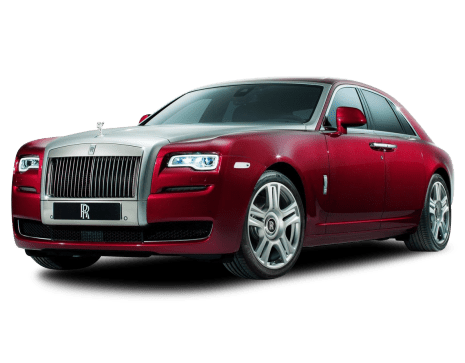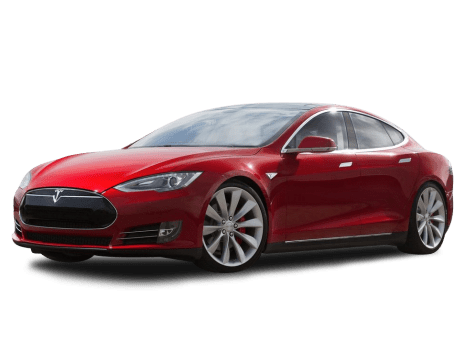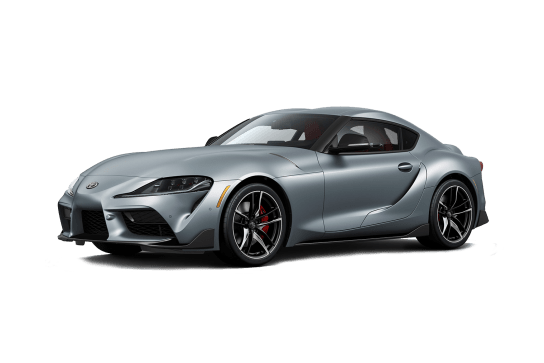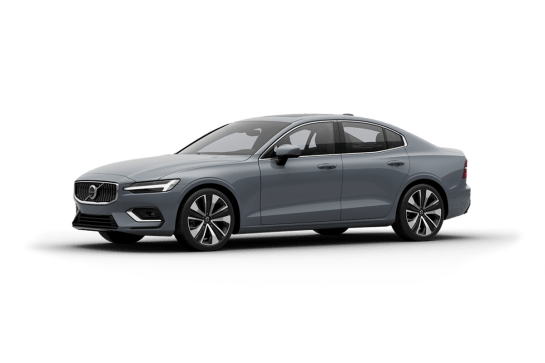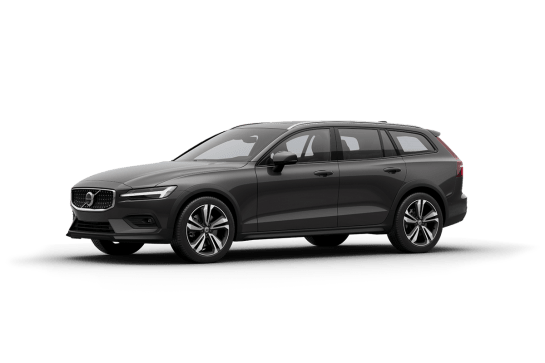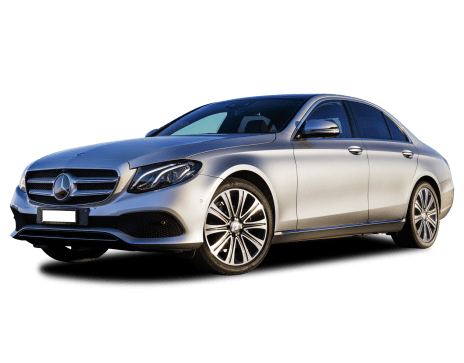
Mercedes-Benz E-Class VS Toyota Supra
Mercedes-Benz E-Class
Likes
- Plenty of kit
- Subtle but stylish
- Cruising comfort
Dislikes
- Only one variant
- Could do with more power
- Price once optioned-up
Toyota Supra
Likes
- Wild styling
- Advanced safety tech
- Outstanding dynamics
Dislikes
- Limited visibility
- Not easy to drive in the city
- Hardly any cabin storage
Summary
Mercedes-Benz E-Class
It might not be as tribal as Ford vs Holden, but there’s a rivalry between BMW and Mercedes-Benz that occasionally becomes more obvious - the launch of the new Mercedes E-Class only months after the BMW 5 Series being one of those times.
But Mercedes has done something different. Instead of multiple variants and electric cars under the E-Class banner, Australia gets just one, the E300.
Read more about
- Electric backflip: Mercedes-Benz bins plans to develop new platform for electric cars - report
- 2024 Mercedes-Benz CLE Coupe: Australian pricing, model line-up and engine options confirmed for new two-door, four-seat Audi S5 and BMW 430i performance luxury competitor
- Top 10 most expensive Mercedes-Benz cars
Is it enough to tackle the big Bavarian sedan in the sales race? We attended the Australian launch just north of Melbourne to find out.
| Safety rating | |
|---|---|
| Engine Type | 2.0L turbo |
| Fuel Type | — |
| Fuel Efficiency | 2.2L/100km |
| Seating | 5 seats |
Toyota Supra
Does the Toyota Supra call your name in the night? It calls mine. It whispers things. Tries to convince me that despite living in an apartment with my family only seven kilometres from the city it'd be perfect for us.
Of course, when it's daytime and I'm thinking straight I know a sports car in the city is impractical. But then I see one parked out the front of our flat and I start to entertain the idea of having one all over again – maybe it could work, it's not large, it has a boot, and it's a Toyota so it's probably reliable and not too pricey… Right?
Well as it happens the Toyota Supra parked outside my apartment was the car I was road testing for the week for this Urban Review. It was the base grade GR which lists for $84,900 and if you want to know what it's like to give into those voices and live with it, in the city, daily, I can tell you.
Read More:
Toyota Supra 2020 review: GTS| Safety rating | |
|---|---|
| Engine Type | 3.0L turbo |
| Fuel Type | Regular Unleaded Petrol |
| Fuel Efficiency | 7.7L/100km |
| Seating | 2 seats |
Verdict
Mercedes-Benz E-Class7.6/10
The E-Class is stacked with kit, looks great, and is an effective and comfortable way to get around in built-up areas or across the countryside.
While it’s not the most dynamically engaging - it’s pipped by its Bavarian rival there - it offers more comfort-oriented features than most, and the cabin is a pleasant place to spend a day driving.
If you're disposed towards stumping up the asking price, the extra outlay for the 'Plus Package' will probably be most relevant to you if you’re covering long distances due to the Airmatic suspension.
Otherwise, even a simple-spec E300 provides a step up from what you might expect from an executive sedan.
Note: CarsGuide attended this event as a guest of the manufacturer, with accommodation and meals provided.
Toyota Supra8/10
I think you can guess what I'm going to say: Yep, the Supra GT is great to drive, just not in the city.
That's why I've scored it this way.
If you live outside the city, even in the suburbs, daily driving will be fun and rewarding, but venture into the an urban environment and life behind the Supra's wheel will become frustrating.
If you live in the city, you'll have to be completely in love with the Supra to make it through the hard times in the urban landscape of car parks and traffic.
Still the Supra GT is great value, has a comfortable ride, looks awesome, and comes with excellent advanced safety tech.
So, if the Supra is calling your name in the night, keep all this in mind before you answer it.
Design
Mercedes-Benz E-Class
Evolution rather than revolution is obvious when it comes to the E-Class’ styling, but that’s in Mercedes’ best interests, because it’s still a good-looking thing, and being a bit subtle is warranted in the executive sedan game.
The biggest changes come in the headlights and tail-lights. Up-front there are now more than one million pixels in the LED headlights, which have adaptive high beam as standard and are more connected to the grille via black trim, as has been seen in EQ electric models.
Underneath, the bumper now features an AMG-style 'A-wing' apron as part of the 'AMG Line' exterior package as standard. A set of 20-inch AMG alloys are also included.
To the rear, and the digital tail-lights feature a Mercedes-Benz star motif, making its lighting signature now more recognisable from behind.
The German Rainbow is well-represented with mostly shades of grey, black, or white available, though 'Verde Silver Metallic' is a slightly retro green, and 'Nautic Blue Metallic' is a subtle and classy tone.
The daring ‘Manufaktur’ shade of 'Patagonia Red Metallic' is a $2500 option, as is 'Opalite White Bright' while 'Alpine Grey Solid' is $2900.
Toyota Supra
Ever seen the movie Twins with Danny DeVito and Arnold Schwarzenegger? Well if the Z4 and Supra GT are twins under the skin then the latter is definitely the Arnie of the pair.
Okay, that's not fair. The BMW is pretty and sleeker than an otter, but the two look so different that from the outside you'd never know (if you didn't know) they are essentially the same car.
The Supra is like a mutant superhero with its enormous pumped up rear guards, the huge bulging bonnet, and the hungry looking grille with giant air intakes.
Some people don't like the headlights, but they're a hat tip to the previous-gen Supra and I'm a fan of them.
Then, there's the rear-end. You could stare at it for hours. The sinister tail-lights, the big 'duck tail' spoiler, the dual exhaust, and it's also from this angle that you can see the 'double-bubble' roof shape better.
The Supra lineage goes back to the 1967 Toyota 2000GT and if you Google that car you'll see how much of a stylistic homage this new car is to the original.
If you were wondering what the GR badge is all about, it refers to Gazoo Racing, Toyota's performance brand. The Supra's official name is the GR Supra.
The only outward difference in looks between the entry-grade GT which I tested and the GTS above it are the wheels. The GTS has bigger 19-inch rims and red brake calipers.
Inside both are almost identical, too, but it's in the cabin where you can spot all of the BMW bits and it confuses my brain big time.
The door handles, the switch gear and the media controller dial are the same as the Z4's. Meanwhile, the climate control systems and radio controls seem to be from a 2014 BMW 3 Series.
And although the media display and digital instrument cluster are different in their design to the Z4's it's easy to see they're the same, just repackaged.
I'm being a car nerd, but some of you will appreciate it. BMW bits or not, it's a great interior that's uber modern and stylish.
Now to get numbers nerdy. Let's look at the dimensions of the Supra. The length is 4379mm. That's the width of your pinky nail longer than a Toyota Corolla hatch. That's small. It's 60mm wider than a Corolla, though at 1854mm, and way lower at 1292mm tall. What does that mean for practicality? You're about to find out below.
Practicality
Mercedes-Benz E-Class
Inside, the E-Class should feel familiar to anyone who’s spent time in a recent Benz, though the Superscreen might be the main point of difference. It’s an immediately comfortable place, though, with a relatively visually busy cabin.
The seats and their adjustability mean most drivers and passengers, regardless of height and size, should feel supported (and ideally relaxed), while touch-points are mostly either leather upholstery or digital screens.
The steering wheel, also seen in plenty of other Mercedes models, is a bit of a let-down, however, with its haptic touch pads on a slightly busy two-tier layout. This millennial found it irritating, surely too will the usually older E-Class buyer.
There are a few other small annoyances, one being that the MBUX Assistant sometimes won’t hear a command, or that not everything seems to be able to be controlled by it. The climate control vent positions are electrically adjustable to certain pre-sets through the menu, but the MBUX Assistant isn’t able to do this for you.
And while the driver display and central multimedia screen are fairly user-friendly, it’s not always immediately apparent what the quickest way to find some information or a setting is.
Our test car was fitted with the 'Plus Package', which means four-zone climate control available to the rear seats, which my 180cm-tall self found spacious with plenty of headroom, kneeroom, and even a fair bit of room under the driver’s seat.
Behind the rear seats, there’s a generous 540 litres of boot space, exactly the same capacity as the previous generation E-Class.
Toyota Supra
All Supras are two-seaters, and while this is a small car at less than 4.4m long leg-, head-, shoulder-, elbow and headroom are excellent.
I'm 191cm tall with a 2.0m wingspan and I fit into the cockpit of the Supra better than a Porsche Boxster and most other sports cars. That said, the seats are snug, well for me anyway, so if you're 'big-boned' like me you might find them a bit tight, too.
Just don't expect to fit many people in. That's right, you won't find a couple of tiny seats in the back. Actually, if you sit in the driver's seat and put your hand behind your chair you can feel the boot floor.
The boot has a hatch opening and a cargo capacity of 290 litres but you may be able to fit more into it than you think, as I found out after going to the supermarket to do a big weekly family COVID-19 grocery shop.
As I pushed my overloaded trolley back to the car I remembered I'd brought the Supra. Not sure how I forgot that, considering it was so tricky to park (see the driving section) but my new problem was working out how to get all the shopping bags in.
Take a look at the before and after photos. There was no way I thought the shopping would fit, but it did and without the bread getting squashed.
You can see in the rest of the photos that I even managed to fit the CarsGuide pram into the space, although you'll have to leave the baby at home because there are no anchor points or mounts for a child seat or capsule inside.
As for cabin storage, it's almost non-existent. The door pockets are only big enough for a phone and there's no centre console bin. But you do get two cupholders, a small glove box and a tray in front of the shifter which doubles as a wireless charger. There's also a 12V outlet and a USB port.
Coupes tend to have long doors, and if you've ever owned one you'd be well aware of the problems this causes in trying to open them in carparks. They can also be heavy and that makes opening them on steep hills a struggle, too.
The low height of the car could also see you having to leave the car on all fours if you're tall and not a flexible as you used to be, like me.
Price and features
Mercedes-Benz E-Class
While cross-shopping the E-Class and a BMW 5 Series would normally be relatively easy, the Merc’s $131,500 starting price, before on-road costs, puts it plenty north of the base 520i, the only petrol one available, at $114,900. The electric i5 eDrive40 starts from $155,900, more than $20K over the Mercedes.
But the E-Class is stacked with features as standard, and while there are a couple of option packs, Mercedes Australia has tried to streamline the most popular features and specifications into the E300.
Its $131,500 price gets you a tech-heavy sedan with Merc’s latest 'MBUX' system housed in a visually impressive, if perhaps unnecessary, 'Superscreen' dash.
The dual-screen set-up incorporates a main 14.4-inch central multimedia touchscreen and a 12.3-inch display for the passenger, allowing the driver to keep, for example, a map visible while a passenger sorts out media or comfort settings.
The system is also designed to avoid taking users through sub-menus, though can be bypassed by wireless Android Auto or Apple CarPlay.
It also features a selfie camera mounted to the dash, which is disabled for the Australian market at present. Mercedes-Benz Australia hopes to change this soon.
Mercedes also plans to allow the MBUX system to learn what settings and functions will be most useful to the driver under certain conditions, but currently users are able to manually create so-called ‘Routines’ such as setting the climate control and seats to warm up if it’s below a certain temperature, and can even adjust the ambient lighting to a warmer colour.
More automation comes in the brand’s MBUX ‘Hey Mercedes’ system, which can now respond to commands without the driver needing to say “Hey Mercedes”.
Heated and vented front seats, leather upholstery, wireless phone charging, and a 17-speaker Burmester sound system with Dolby Atmos 4D sound are also standard - the latter being a clever feature that positions different elements of the audio, usually music, to give a 360-degree feeling, as well as turning bassier tones into a physical vibration via “tactile transducers” in each front seat’s backrest. Good for bassline junkies, then (apologies to Mr. Rascal).
With the $9400 'Plus Package', the E-Class also comes with 'Airmatic' suspension and rear-axle steering (which I’ll touch more on later), power-closing doors, 'Urban Guard' to monitor your vehicle while it’s parked, an illuminated grille up front, a more capable version of the MBUX 'Interior Assistant', four-zone climate control and Mercedes’ 'Digital Light' function, which uses the more-than one-million pixels in the headlights to project onto the road or surface in front of you when turning the car off or in driving situations to alert road users of potential danger.
A $6200 'Energising Package' adds multicontour front seats with comfort headrests, upgraded climate controls with 'Air-Balance' and fragrances, upgraded seat heating with armrest heating for the front occupants and heated seats for the rear.
Toyota Supra
Excuse the language but, gosh yes! See, a joint venture between Toyota and BMW resulted in the Supra and the Z4. Thing is, if you want the six-cylinder engine version of the BMW (the Z4 M40i) you'll need to hand over $128K, whereas the base-grade Supra GT tested here lists for $84,900.
Sure, the Supra isn't a convertible or as powerful as the Z4, and yes it's expensive for a Toyota, but the equipment list is extensive and much of it is BMW tech such as the digital instrument cluster and media screen – both 8.8-inches.
Standard too is sat nav, Apple CarPlay and Android Auto, digital radio, 10-speaker stereo, wireless charging, dual-zone climate control, paddle shifters, proximity key, LED headlights and taillights, rain-sensing wipers, heated folding wing mirrors and 18-inch alloy wheels.
The standard upholstery is leather, and the seats are heated and power adjustable.
Then there's all the safety equipment such as the reversing camera and advanced tech which you can read about below.
It's good value, especially when you compare it to the Z4 and also the entry-level Porsche 718 Cayman, which is $118,690. Nissan's 370Z is a traditional rival to the Supra and lists for about $50K.
But it's old – like, been-on-sale-since-2009-old, and having driven a manual one in peak hour traffic daily through the CBD I'd not recommend it as a great urban car.
If you're wondering where the Toyota 86 fits into all this think of the Supra as it's bigger, more powerful and way more expensive step-brother.
Under the bonnet
Mercedes-Benz E-Class
This lone E-Class variant is powered by a turbocharged 2.0-litre engine pumping out 190kW and 400Nm, assisted by a 48-volt battery system. Under EQ boost, an extra 17kW and 205Nm is available for a short time.
It’s hooked up to a nine-speed auto that drives the rear wheels, and it’s all pretty traditional… for 2024, that is.
Mercedes says the E300 is able to hit 100km/h in a respectable 6.3 seconds.
Toyota Supra
Inside that long snout is a BMW 3.0-litre turbo-petrol in-line six-cylinder making 250kW/500Nm.
It's not an enormous amount of power but perfect for the Supra, because it isn't a muscle car or a supercar, but a sports car which is more about fun and handling than massive grunt.
Besides, the Supra weighs just 1495kg (about 100kg more than a Corolla hatch) and that mumbo (especially the 500Nm of torque) is plenty.
Is it fast? Well 0-100km/h in 4.3 seconds is a tenth of a second quicker than the fastest Porsche 718 Cayman sold in Australia, the GT4. So, yes.
The eight-speed (ZF-sourced) automatic transmission is smoother than smooth, but also slower than fast at changing gears.
Drive goes to the rear wheels and there's an electronic limited slip diff.
An outstanding engine matched perfectly to the car. But there's something you should know. Later in 2020 a more powerful Supra is coming. Keep your eye out for that.
Efficiency
Mercedes-Benz E-Class
Mercedes claims the E-Class drinks 7.2L/100km on the combined cycle, and though we weren’t able to test that properly at the pump on the launch program, the trip computer showed up to 9.4L/100km after some quite spirited driving, which gradually averaged out to about 8.6L/100km in the afternoon once some more calm, E-Class-appropriate distance had been covered.
With its 50L fuel tank, the E-Class should theoretically be able to cover 694km on a single tank if the 7.2L/100km is achieved, though realistically it would be much less, 550-600km depending on driving style.
Toyota Supra
Toyota says that if you were to stick to just urban driving the Supra GT should use no more than 6.5L/100km of petrol.
My own testing found that after 125.1km of mainly urban driving plus a trip to a national park to stretch its legs I needed 11.7 litres to top up the 52-litre tank.
That's 9.4L/100km. The official economy for a combination of open and urban use is 7.7L/100km. Not bad for a 340 horsepower sports car.
Driving
Mercedes-Benz E-Class
While the E-Class has taken fairly sizeable steps in terms of its tech, it remains a fairly traditional car from behind the wheel, save for a few small changes like its mild-hybrid system and rear-wheel steering.
It’s still a petrol-powered rear-drive sedan, and it feels built more for eating up highway kilometres than it does tackling twisty turns. But that’s okay, because it will still do the latter.
Comfort is the main focus, clearly, for the E300, and the big Merc does it well. We weren’t offered a car without Airmatic air suspension on the launch, but the E-Class doesn’t seem like it would be particularly rough without it.
With it, however, large bumps and minor road annoyances only make their way into the cabin in the sense that you’re aware of them, but not bothered by them.
That slight dulling of feedback does extend to the steering wheel however, where, despite the rear-wheel steering making the car more nimble, the feedback to the driver is less encouraging of eager driving.
While 190kW on paper doesn’t seem like enough, the E-Class makes do with its meagre engine quite well - and even though it can seem like it’s working a bit too hard at times, the E-Class’ natural state isn’t responding to a planted foot, so it’s unlikely to be a daily bother.
Engine noise, as well as wind and road noise are suitably dulled by the E300’s NVH fitout, too.
The tuning of its drive modes, in particular Comfort and Sport, seemed well-judged on our drive loop, with the option to set the 'Individual' mode to a custom configuration, most elements in Comfort while the drivetrain is set to Sport is particularly helpful when on gentle, high-speed country roads.
If you do start to approach the limits of the big sedan’s capability, it’ll let you know fairly early on. The heavy E-Class isn’t prone to sudden lurching or poor handling, and isn’t much phased by mid-corner bumps.
It’s not as dynamically engaging as some rivals, particularly the 5 Series, but it does appear to be a better provider of cross-country comfort.
Toyota Supra
Go out into the street and sit on the road. Oh, and do it wearing your letter box on your head. That's how it feels to drive the Supra GT. Well it's more comfortable than sitting on bitumen but that's about how low you'll feel in the traffic and how much visibility you have through the mail slot of a windscreen.
Okay, it's not that bad but you are super low and visibility isn't terrific. Take a look at the view out of the cockpit in the images.
There will be some who will love this driving position because it offers such an engaging 'you're-a-part of-the-car' connection. And they'll gladly suffer a bit knowing that that's just the design of a classic sports car, and in return you get superb handling.
Then there will be others who loathe that low-letter-box feeling. They'll hate not being able to see ahead in the traffic, detest looking out their window and staring straight at the wheels of buses, and be anxious when parking because it's impossible to tell where the front of the car ends over that long bonnet.
My passion is hot rodding which means I love driving cars which are awful to drive, but even I became frustrated with the Supra daily in the city over a week where it rained nearly non-stop.
I remember being in a car park in torrential weather and me not being able to open the long driver's door enough to get in because somebody had parked close to me.
But then at the end of the week I took the Supra to a national park for a test drive and loved every corner, hill and straight in it. The steering is direct with plenty of feedback and the feel of those rear wheels just an arm's length away pushing you along is wonderful. This is a modern classic sports car for sure.
But is it an urban driver? Well the ride is surprisingly comfortable, and the engine is quiet and pretty docile with controllable predicable acceleration, but this is really a car wants to be free, on a nice twisty road away from the city and its traffic lights and parking lots.
Safety
Mercedes-Benz E-Class
ANCAP hasn’t had a go at crash-testing the E-Class yet, and it might not given the relatively small number that will be sold here compared to volume models, but Mercedes’ track record with safety is pretty stellar, and it’s extremely rare for a Mercedes to not cop the maximum five stars.
In the new E300 there are 11 airbags - plenty for a sedan. Mercedes lists front airbags, knee bags and pelvic/thorax airbags for the driver and front passenger, side bags for the rear and a front centre airbag.
It also comes with a fairly extensive suite of safety tech, including the usual ABS, lane-keep assist, blind spot monitoring and surround-view parking cameras.
But on top of that, there’s also ‘Evasive Steering Assist’, semi-automated cruise control with sign recognition, distance assist for following leading vehicles and can even project light arrows onto the road if leaving your lane, when 'Digital Lights' are optioned.
The E-Class also has a function if an imminent collision is detected in which it can, depending on the type of collision, take occupant protection measures. In the case of a side-on collision, the E-Class can “move an affected front occupant towards the centre of the car” before impact.
Toyota Supra
The Supra hasn't been crash tested and awarded an ANCAP score yet. But the safety equipment on-board is impressive with urban-focused standard tech such as AEB with pedestrian and cyclist detection, front and rear parking sensors with clearance detection, blind spot warning, rear-end collision warning, rear cross-traffic alert, speed limit recognition, and a reversing camera (with a clear picture).
Seven airbags, ABS with a brake fade and drying function and hill start assist complete the excellent standard equipment list.
As mentioned, there are no mounts or anchor points for child seats.
There isn't spare wheel, either. What you do get is a puncture repair kit. It's under the boot floor.
Ownership
Mercedes-Benz E-Class
The E-Class comes with Mercedes’ fairly industry standard five-year, unlimited kilometre warranty, though Mercedes-Benz Australia was unable to confirm exact servicing pricing on the launch.
It does however list pricing for the E-Class on its website for a three-service pack at $3325, four at $4535, and five at $6800, the latter averaging out to $1360 each.
This could increase with the new generation car, and Mercedes doesn’t list estimated serving pricing for new E-Classes yet in its booking system (I checked with one of the test cars).
Servicing intervals are every 12 months or 25,000km, whichever comes first.
Toyota Supra
The Supra GT is covered by Toyota's five-year/unlimited kilometre warranty.
Servicing is recommended annually or every 15,000km with the first four services capped at $385.
That's excellent value especially compared to the servicing and ownership costs of its BMW Z4 twin.
